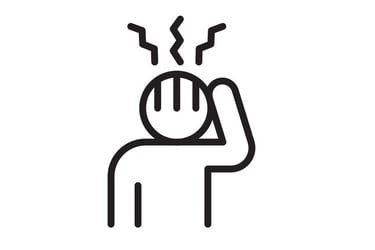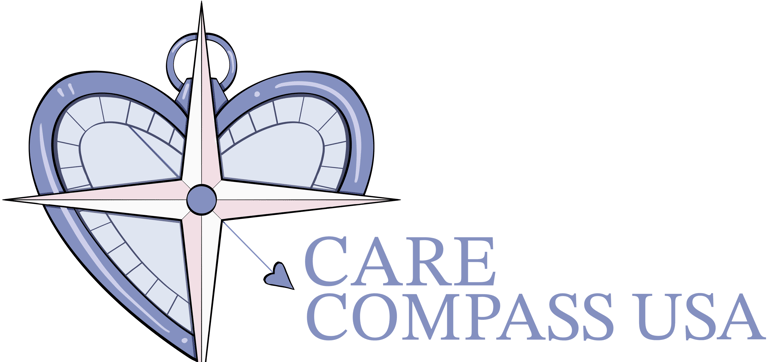Headache
What is Headache?
A headache is pain or discomfort in the head, scalp, or neck. While most headaches are not dangerous and can be managed at home, certain symptoms can signal a more serious condition.


Common Symptoms?
Tension Headaches: The most common type, tension headaches are characterized by a dull, aching sensation.
Pain location: Pain is often felt on both sides of the head, sometimes spreading to the back of the head, neck, and shoulders.
Pain sensation: Feels like a tight band or vice squeezing the head.
Severity: Pain is usually mild to moderate and constant.
Other symptoms: Unlike migraines, they typically do not cause severe sensitivity to light or sound, nausea, or vomiting.
Migraines: Migraines are a neurological condition that causes more intense and debilitating symptoms than tension headaches.
Pain location: Throbbing or pulsing pain, typically on one side of the head, though it can affect both.
Severity: The pain can be severe enough to disrupt daily activities.
Other symptoms: nausea and vomiting, extreme sensitivity to light, sound, and sometimes smell and touch, dizziness and fatigue.
Cluster headaches: Cluster headaches are rare but are considered one of the most painful types of headaches.
Pain location: Intense, sharp, or stabbing pain is centered around one eye, temple, or on one side of the head.
Pattern: Headaches occur in "clusters" or groups, with daily attacks for weeks or months, followed by periods of remission.
Prevalence and Age Distribution?
In 2018, the age-adjusted prevalence of migraine and severe headache in the US was 15.9% across all adults.
Women are twice as likely to be affected by migraine as men, with 21% of women and 10.7% of men affected in 2018.
Migraine most commonly affects people aged 35 to 45 but can impact younger individuals.
The above is for informational purposes only. For medical advice or diagnosis, consult a professional.
